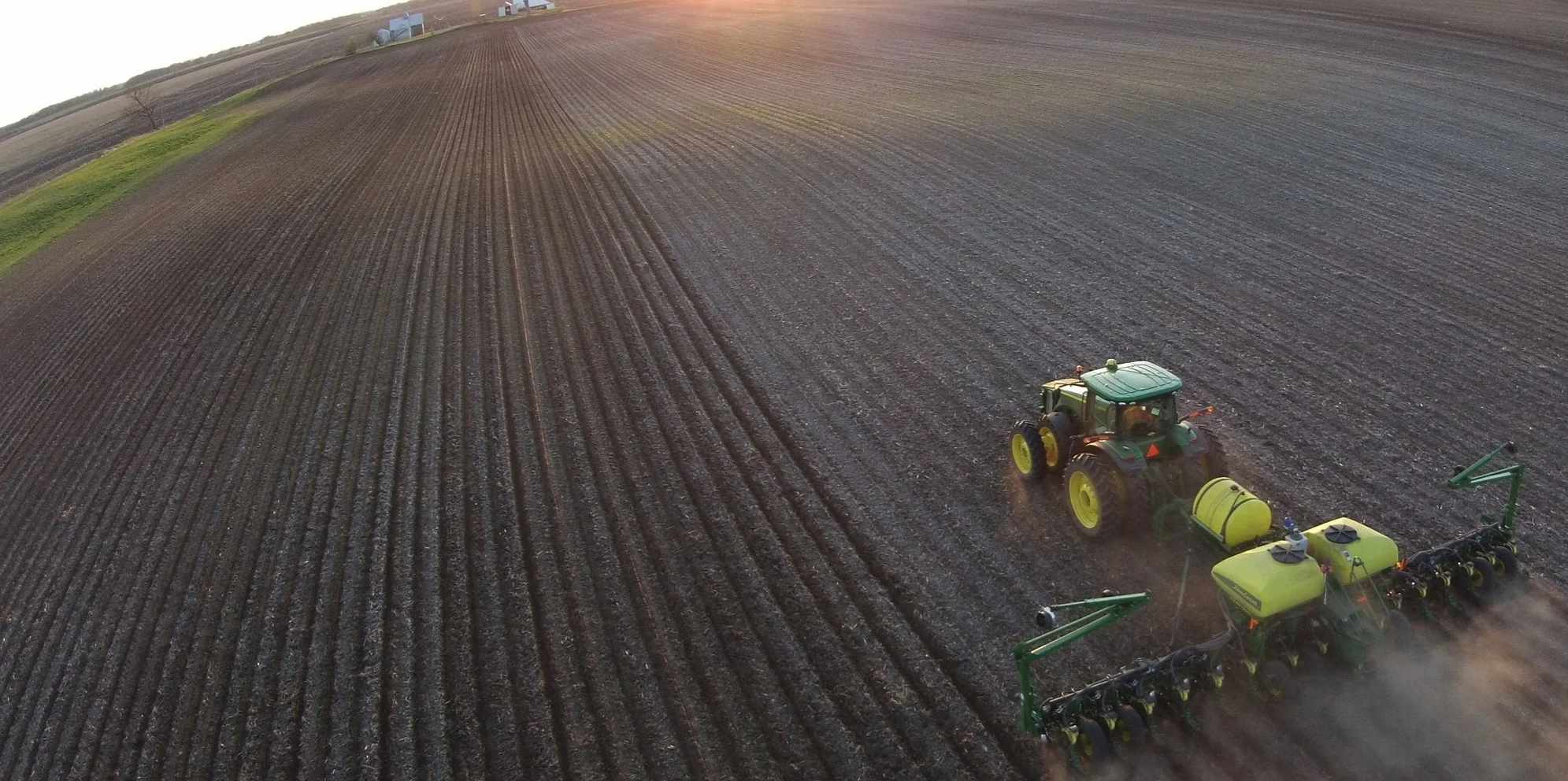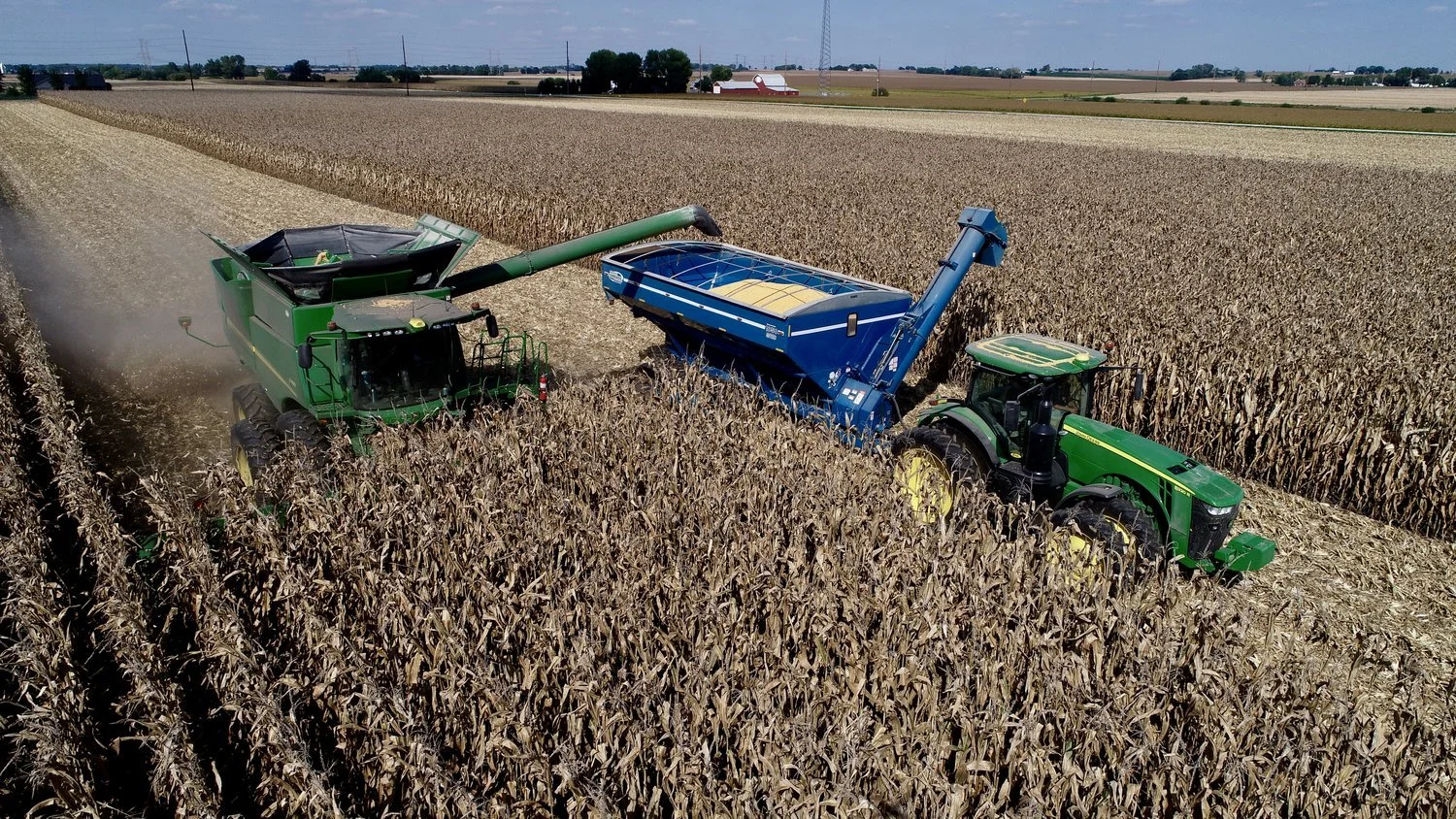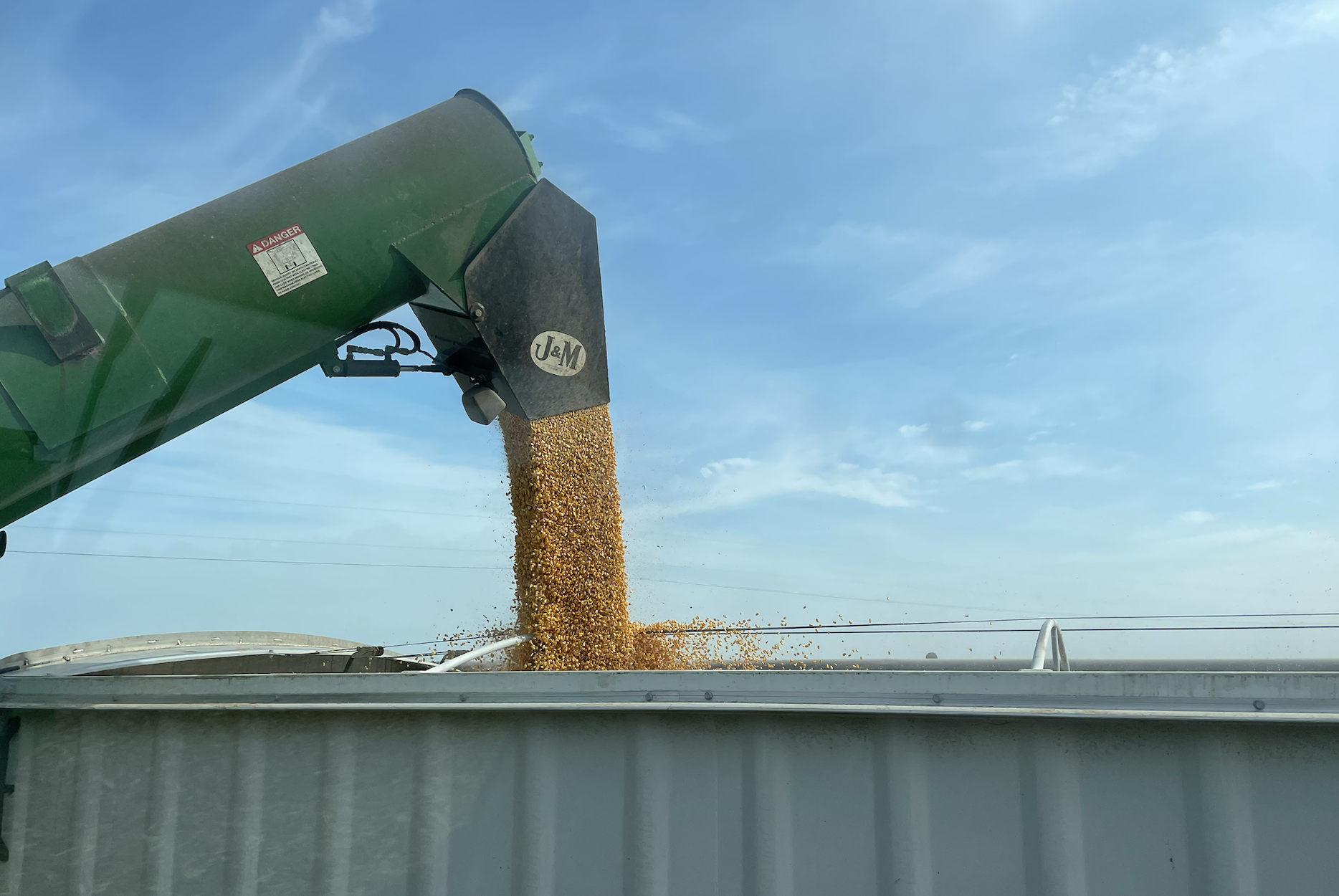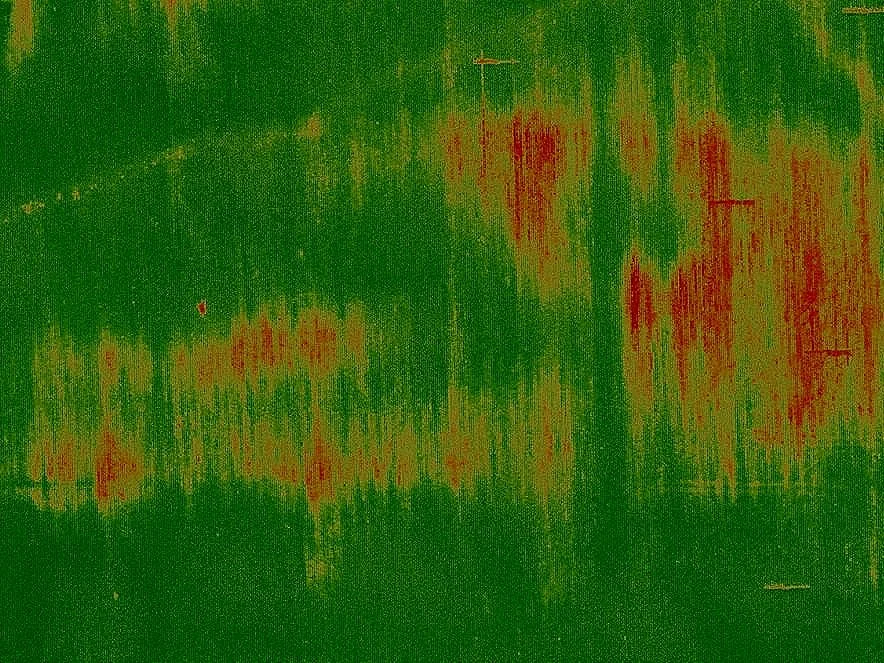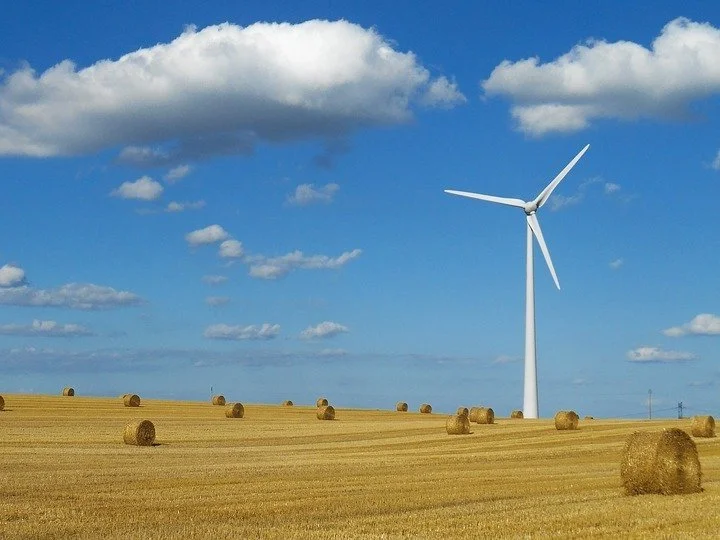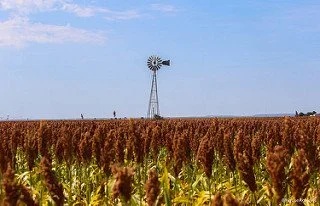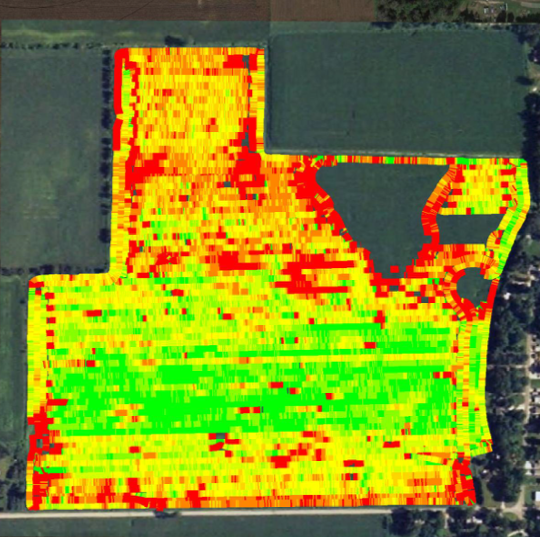Aggregated vs. Non-Aggregated Data. An Important Distinction.
/Now a few years into the movement of ag data from the farmstead into the cloud, we are seeing two different models of cloud-based platforms emerge. There are cloud-based storage platforms with aggregated data sharing; and there are cloud-based platforms without aggregated data sharing. It is important for all farmers to know the difference.
There are many ag data storage and use platforms out there that promise farmers certain data analytic services once the farmer uploads his or her data to their cloud servers. These platforms “anonymize” the farmer’s data by removing the personally identifiable information. There are different ways to do this, but the gist of anonymizing data is that it cannot be traced back to the farmer who uploaded the data, if viewed by another farmer.
Platforms that combine farmers’ anonymized data with other farmers’ data have “aggregated” that information. A well-known example is Farmers Business Network (FBN), which spells out aggregation in its Terms of Service:
By joining our network, you grant us the right to anonymize and use your Data for purposes that will enhance the value we provide our members. This may include using anonymized data from all our members to create insightful models and provide transparent information to the network.
This explains that FBN does aggregate and anonymize farmer’s data. I think it is pretty obvious to anyone who reads the policy.
For an example of a product that does not anonymize data, look at SST’s agX platform, which promises in its Data Privacy Policy:
We will not aggregate your data.
SST then explains that applications using agX may aggregate data, but, “No one company will have a complete view into, or ability to aggregate, the entire agX dataset.” In other words, one agX platform will not have access to data in another agX platform, unless that is part of an integration.
I am not advocating either approach is the correct one. There is nothing wrong with aggregating data. Aggregating can provide benchmarking and analytics that can return value to the farmer. And if identifying information is stripped away, aggregating can be done anonymously.
Aggregation does introduce one additional issue though. Who owns aggregated datasets? Ag tech provider’s contracts should explain this clearly.
I think of aggregating vs. non-aggregating as the difference between storing your data in your own silo vs. the local grain elevator’s silo. Farmers should know the difference so that they can make informed decisions when signing up for ag data cloud-based platforms.

